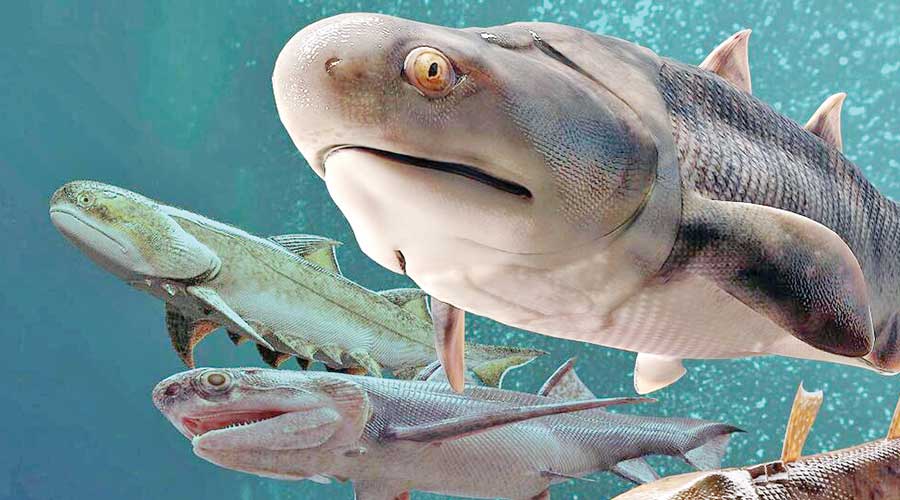Ice cream inspired by Thai temple tiles cools admiring tourists
- 04 May - 10 May, 2024

A big catch of fish fossils in southern China includes the oldest teeth ever found – and may help scientists learn how our aquatic ancestors got their bite. The finds offer new clues about a key period of evolution that’s been hard to flesh out because until now scientists haven't found many fossils from that era. In a series of four studies, published in the journal Nature, researchers detail some of their finds, from ancient teeth to never-before-seen species. The fossils date back to the Silurian period, an important era for life on earth from 443 million years ago to 419 million years ago. Scientists believe our backboned ancestors, who were still swimming around on a watery planet, may have started evolving teeth and jaws around this time. This let the fish hunt for prey instead of “grubbing around" as bottom feeders, filtering out food from the muck. “It’s just at this interface between the Old World and the New World,” Donoghue said. But in the past, scientists haven’t found many fossils to show this shift, said Matt Friedman, a University of Michigan paleontologist who was not involved in the research. They’ve been relying on fragments from the time – a chunk of spine here, a bit of scale there. The fossils from China are expected to fill in some of those gaps as researchers around the world pore over them. Alice Clement, an evolutionary biologist at Australia’s Flinders University who was not involved with the research, said the fossil find is “remarkable” and could rewrite our understanding of this period. The wide range of fossils suggests there were plenty of toothy creatures swimming around at this time, Clement said in an email, even though it's the next evolutionary era that is considered the “Age of Fishes.”
COMMENTS